For many, their second lens purchase will probably be a telephoto lens, in most cases a telephoto zoom. The reasons for this are fairly clear, a telephoto will open up many more creative possibilities, particularly with more distant subjects.
Despite being high on the wish list of many photographers, purchasing a telephoto lens sometimes leads to buyer regret. There are a couple of reasons for this.
Firstly, composing with a telephoto often requires a new mindset when compared to more moderate focal lengths. This, in turn, can lead to disappointing images for newcomers. Secondly, without a little forethought image quality can be subpar due to camera shake.
Today we are going to take a look at getting the best out of your telephoto lens.
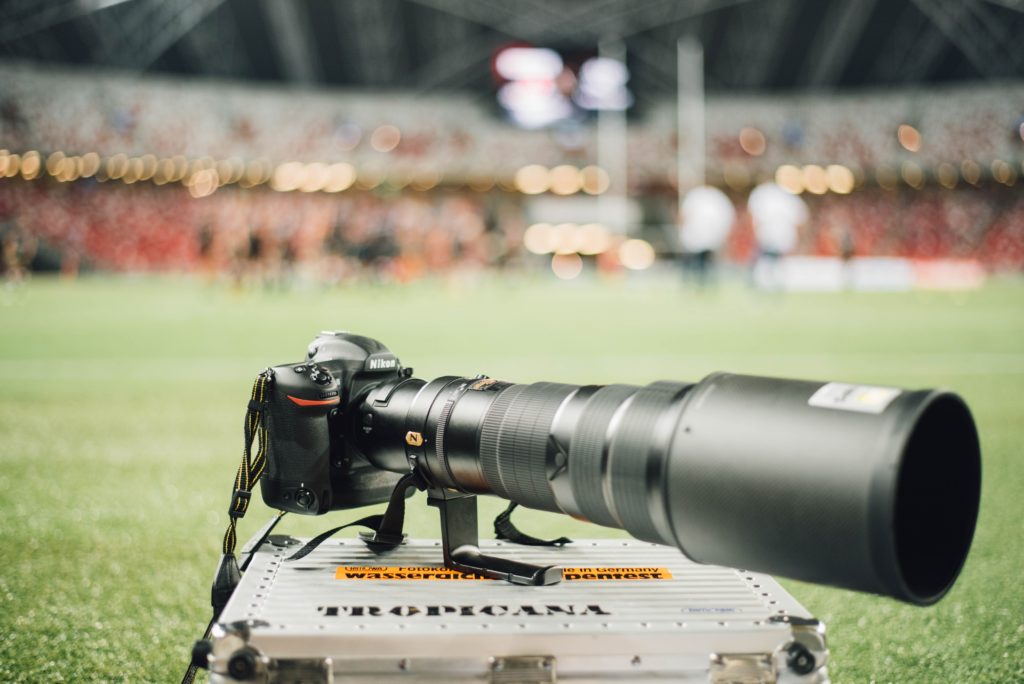
A Brief Guide To Telephoto Lenses.
A telephoto is loosely defined as a lens where the field of view is narrower than that of the human eye. Typically for a 35mm full-frame camera, this will be focal lengths of above 50mm. In practice, 70mm is probably the main starting point for the telephoto range.
Telephotos can be prime lenses, often with relatively fast apertures or zoom lenses. Higher priced zooms will have fast apertures of around f/2.8 whilst more budget telephoto zooms will tend to have a slower, variable aperture, usually running from f/4 to f/5.6.
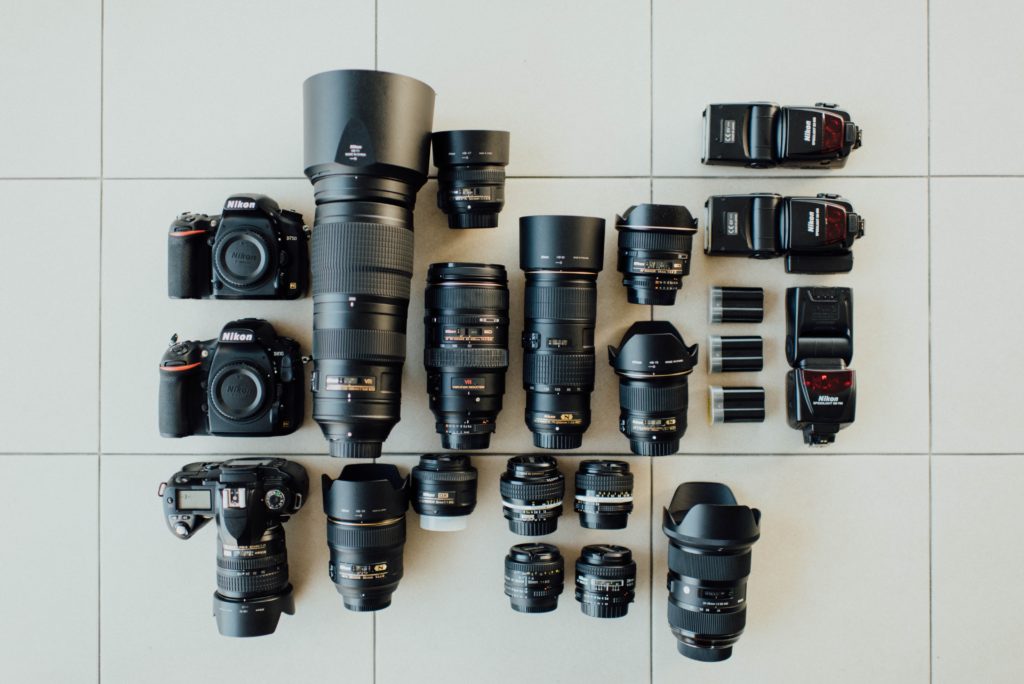
Typical prime telephotos are 85mm, 105mm, 135mm, 200mm, and 300mm. They get progressively more expensive the longer the focal length. Typical zooms are 70-200mm, 70-300mm, 100-400mm and 200-500mm. There is also the “superzoom” type lens that crosses from moderate wide-angle to telephoto. This tends to be around 18-200mm.
It’s important to consider the crop factor of your sensor when buying a telephoto. APS-C cameras typically have a crop factor of 1.5 times. This means that a 200mm lens will give an image equivalent to a 300mm lens on full-frame.
Composing With Telephoto Lenses.
As mentioned at the top, one of the chief disappointments for newcomers when shooting with a telephoto is poor composition. Coming from wide and standard lenses, photographers are used to using foreground interest, leading lines and encompassing a lot of information in a single shot.
When using a telephoto, you need to turn some of those compositional themes on their heads. Rather than trying to get a lot of details into one shot, with a telephoto, crop in nice and close and isolate your subject. Look to use the shallow depth of field afforded to you by a longer focal length. With a wide-angle, you might use a well-focused foreground object to lead your eye to the subject. With a telephoto, you could use a defocused object, such as the leaves of a tree to frame your subject.
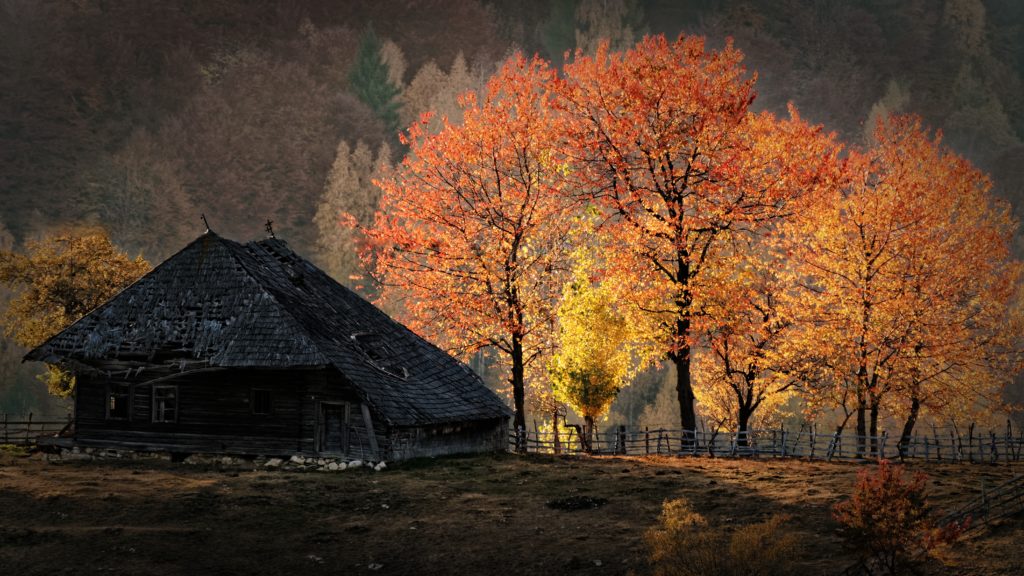
The subject matter is an important choice when using a telephoto. The obvious “go-to” subjects are portraits, sports, and wildlife, where you want to be tight in on the subject to capture the action. However, telephotos also have a place in many other genres. In landscapes, you can use them to isolate a distant subject or to give a compressed feel to your landscape. In urban photography, telephotos can be used to isolate details in architecture or for candid street images. It’s important to get out of the wide-angle/standard mindset when using a telephoto and that can only be done with practice.
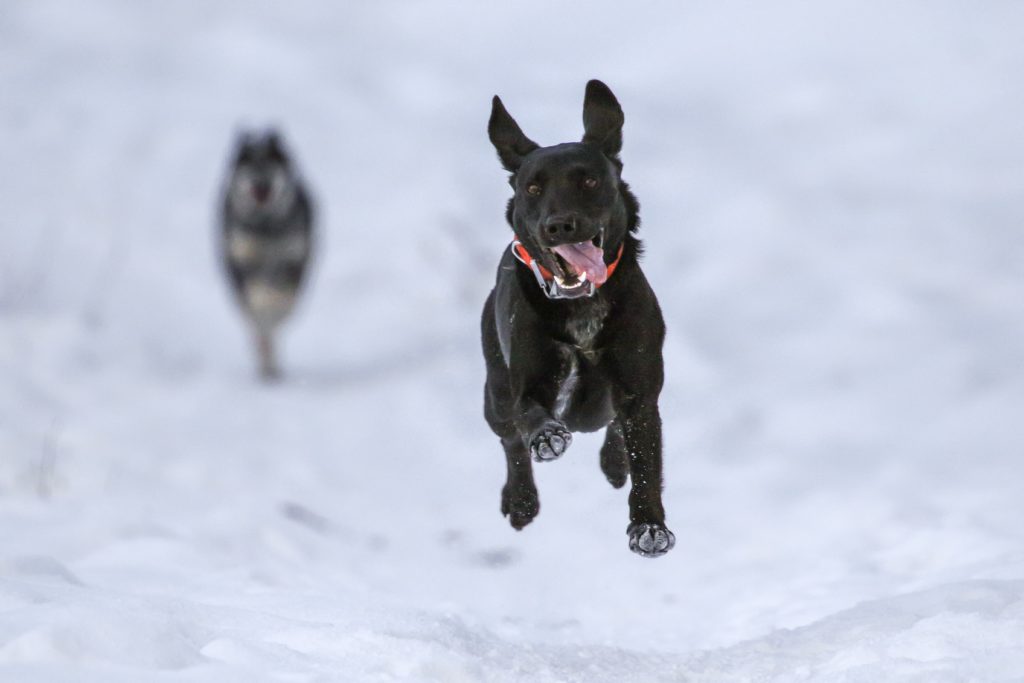
Image Quality With Telephotos.
The disappointment with image quality stems from one primary issue, camera shake. The longer the focal length, the more magnified the image is on the sensor. In turn, that means any movement of the photographer is also magnified and hence we get camera shake.
The ages-old rule for sharp images is to shoot a shutter speed that is shorter than the focal length of your lens. So, for example, if you are shooting with a 200mm lens, you should be using a shutter speed of 1/250th of a second or less.
As you will imagine, this opens up other issues, especially in less than stellar light. Most prominent is that the maximum aperture will be limiting your shutter speed. This is doubly so on more budget lenses where the maximum aperture, especially longer focal lengths could be f/5/6 or less. You can, of course, increase your ISO, but then we are on the path to reduced image quality again.
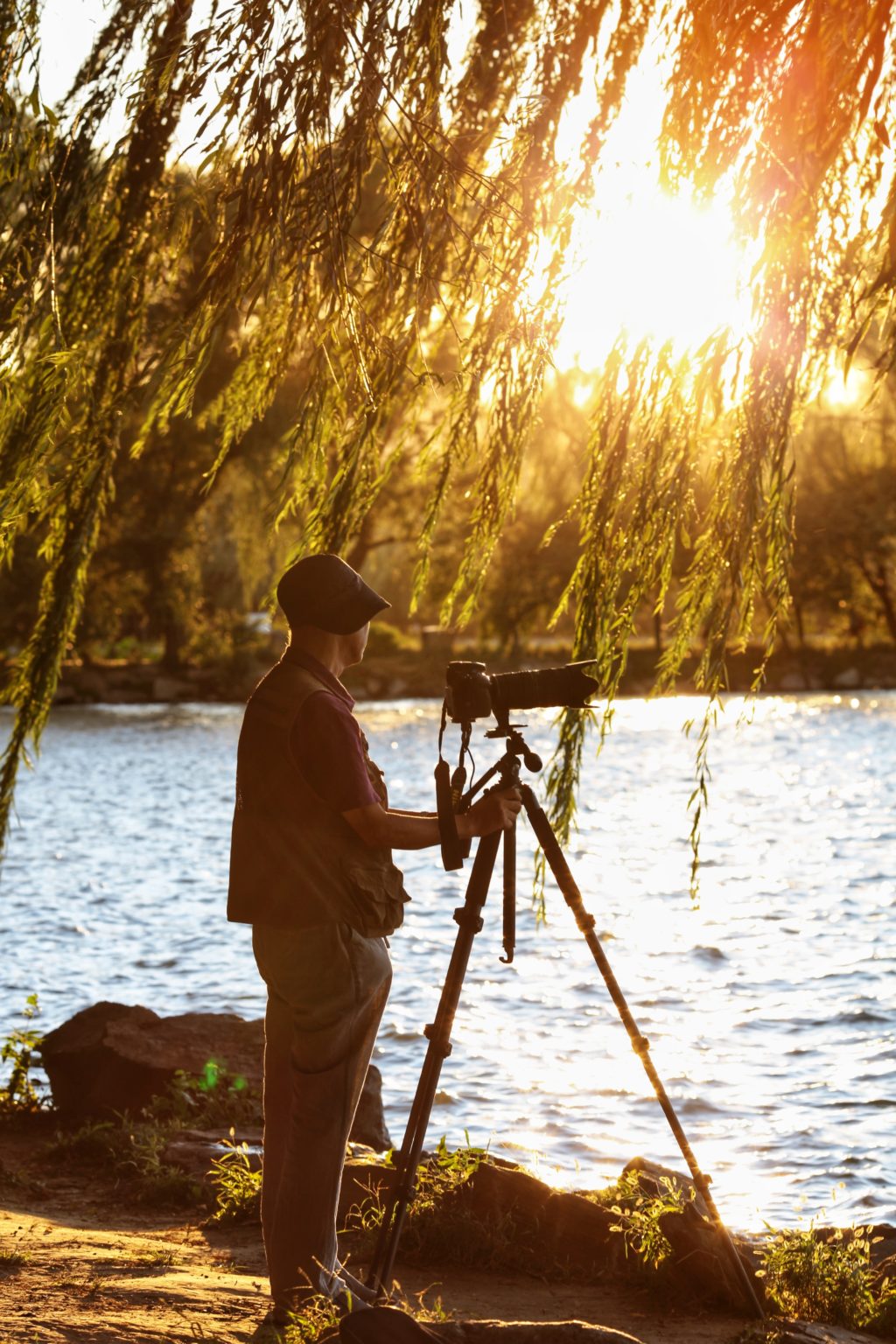
A significant number of telephoto lenses attempt to circumnavigate these issues by incorporating image stabilization. Going under the guise of various acronyms depending on manufacturer, image stabilization uses gyroscopically balanced elements within the lens to counter the movement of the photographer. It can be very effective with the most modern versions of it allowing up to a 5 stop reduction in shutter speed before camera shake becomes apparent.
Understanding when to use image stabilization will dramatically increase the number of keepers from telephoto lenses. In general use, handheld, it’s worth keeping on all the time. If shooting fast-moving action, your mileage may vary. Some more sophisticated systems have a dedicated mode for panning shots.
However, if using your telephoto on a tripod you should definitely switch stabilization off. Image stabilization assumes that the photographer is moving slightly and is constantly moving to counter this. On a tripod, there is no movement but the stabilization is still moving slightly and potentially degrading your image quality.
A good stance is also important to image quality when using telephotos. Keep your left hand underneath the lens barrel supporting it but not gripping it tightly. Keep your right hand on the shutter and camera grip within a relaxed manner. Your legs should be slightly apart or one leg forward bearing your weight on your knee. Your shutter presses should be firm but relaxed. jabbing at the shutter button is a sure-fire way to introduce camera shake.
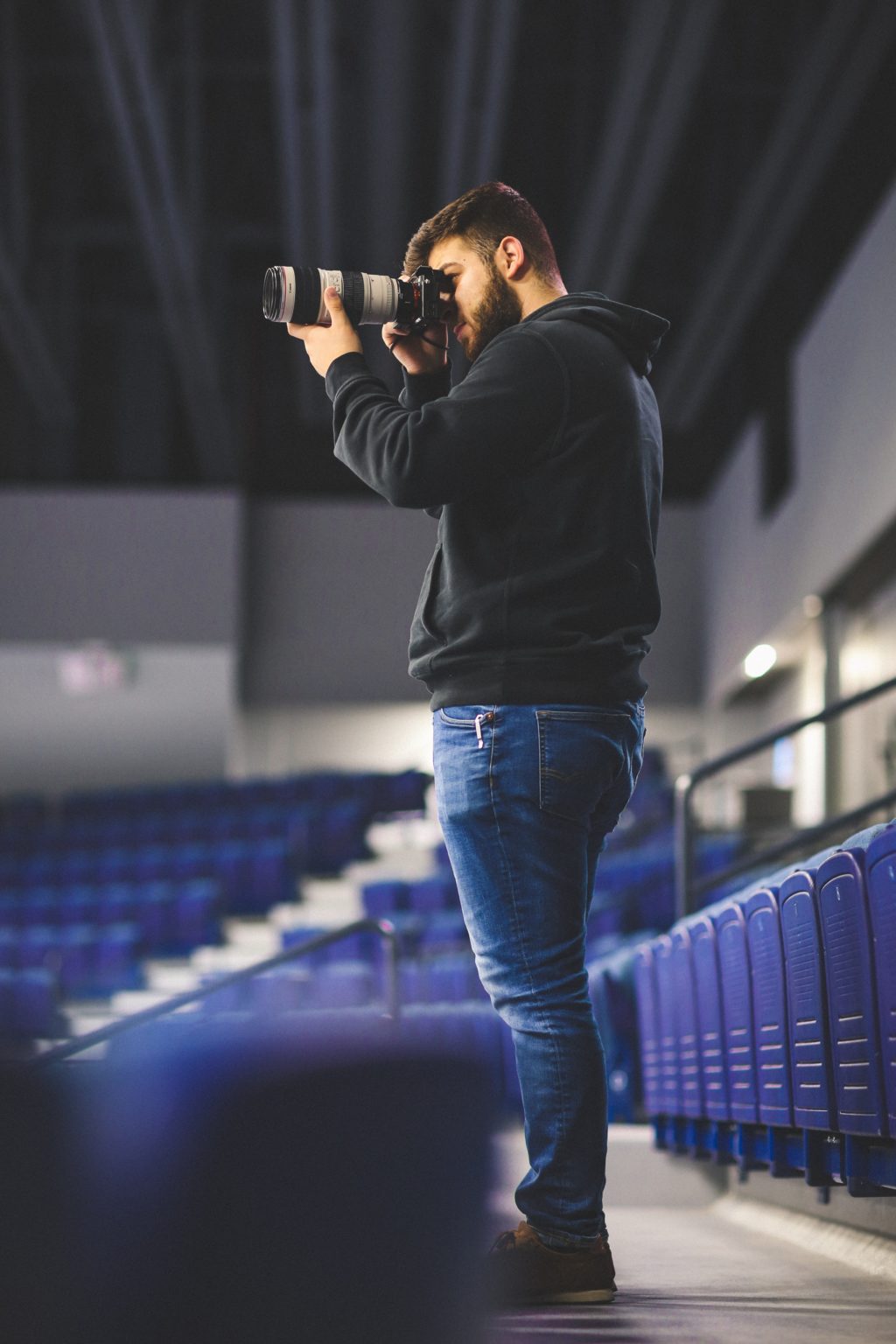
Careful focus is also an important consideration. The relatively shallow depth of field of longer lenses can make finding the perfect focus point tricky. If shooting stationary subjects use single-point autofocus. If shooting fast-moving action use one of your camera’s areas, tracking modes and shoot in continuous mode. This will greatly increase the chances of a sharp shot.
Telephoto lenses are a great tool for any photographer. However, if you are not used to using them, they can be disappointing to the point that you give up. With a little practice, a flexible mindset and some understanding of the potential issues with telephotos, you will avoid those disappointments and soon be getting some great shots.





2 Comments
I love using tele lenses, not only for portraits but my other photography passion, landscapes, and even street photography, since they allow you to see the scene in a different way that you could not see with your naked eye.
Thank you Jason